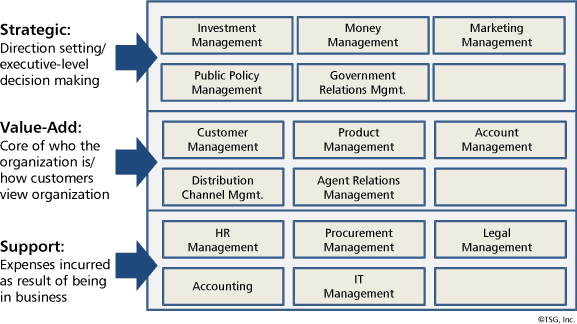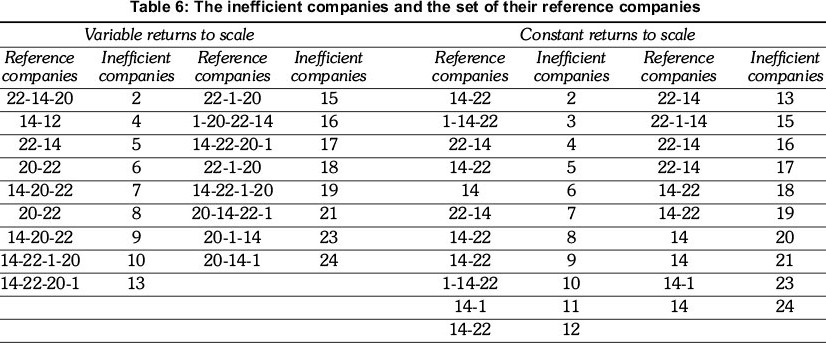Analysis Company Level
Post on: 29 Май, 2015 No Comment

8. Financial Analysis: Company Level
RETURN ON ASSETS
Return on assets (ROA) is net profit divided by total assets, usually expressed in percentage terms. This figure indicates how efficiently a company uses its assets. For a manufacturing firm, this may measure how efficiently the company can generate profits from its factories (property, plant and equipment). The higher the ROA, the better. ROA can also be seen as a measure of how capital intensive a business is. A low ROA combined with a large amount of assets usually indicates a business is capital intensive. In such cases, the company’s financing strategy becomes especially important.
RETURN ON EQUITY
Return on Equity (ROE) is net profit divided by total equity, usually expressed in percentage terms. This is a key figure in financial analysis. The difference between ROA and ROE is generally related to the capital structure of the company. A high debt/equity ratio will result in a larger gap between ROA and ROE. If the debt is financing high profitability business (or at least business that generates more than the interest expense associated with the debt), ROE is likely to be higher than ROA. The converse is also true. At any rate, a high ROE is the mark of a good business. It means that the original capital invested in the business by the owners of the business is able to generate a good return.
DIFFERENT TYPES OF CASH FLOW
Cash flow statements are usually split into three sections which show operating, investing and financing cash flow. Operating cash flow is cash received or paid by a company in the course of its regular business during a specific time period. Operating cash flow items will usually have a correspondence to items in the company’s income statement. Investing cash flows are cash received or paid out by the company associated with investment items. These can be investments in publicly traded securities, investments in other companies or investments in assets such as property or factories. Oftentimes, investing cash flows will not have a corresponding item on a company’s income statement but the changes should show up on a company’s balance sheet. Financing cash flows shows money received or paid out by the company associated with its capitalization. These items can be related to debt payments or new debt. Dividend payments would show up here. Stock buybacks or the issuance of new stock would also show up here. Most of these items would be unlikely to show up on a company’s income statement (although interest payments would) but would show up on the balance sheet.
DIFFERENCES BETWEEN ACCOUNTING AND CASH EARNINGS
If one looks at a company’s income statement and its cash flow statement, it is highly unlikely that total income is equal to total cash received in a given period. This is partly due to the fact that a company receives or pays out money that is not directly related to its ongoing business. Investing and financing activities often fall into this category. Accounting conventions are also responsible for some of the differences.
Accounting conventions have been developed to accurately portray what a company has earned in a given time period. However, this portrayal often results in timing differences between when things are recorded on an accounting basis and when the money related to the accounting records is actually paid or received. For instance, revenues are often recorded in the income statement although a customer may not have paid yet. Accounting convention records revenues when a product is sold, not when the company is paid.
8.5. Further Income Statement Analysis
DUPONT ANALYSIS
When analyzing a company’s financial statements, there are some techniques that can be used to glean extra information. The Du Pont analysis is one of these. It breaks down a company’s ROE into component parts so that the source of a company’s ROE can be more readily analyzed. The Du Pont analysis consists of the following formula:

ROE = net profits/equity
= (net profits/sales) × (sales/assets) × (assets/equity)
= profitability × capital efficiency × leverage
Thus, ROE is broken down into three component parts: net margin measures profitability, sales over assets measures capital efficiency and assets/equity measure the effect of leverage.
8.6. How to Forecast Earnings?
One way to do this is to not forecast every line item. For instance, you could forecast revenues, operating margin and non-operating items. In a previous section on company analysis we described some of the things to take into account when forecasting revenues and company profitability. You could take these items into account to estimate revenue growth and changes in operating margin. With this, you can calculate an operating profit. You could then try to estimate taxes which the company would pay based on what it has paid in previous years (say the past five years), if taxes have been relatively stable. You could then look in previous years and see which non-operating items are likely to be repeated and which are one-off items. Those items that are likely to be repeated (such as interest expense) could then be taken into account and you can calculate a net profit figure by making the appropriate adjustments to your operating income forecast above.
If you have a serious interest in forecasting or in detailed financial analysis, it may make sense to invest time in learning how to use a spreadsheet program, such as Microsoft Excel. These programs are powerful and flexible but the time investment needed to get full use of the program could be quite substantial. You need to weigh the time and effort you are willing to put in to do more detailed financial analysis and/or forecasting against the benefit and enjoyment you would get out of it.














